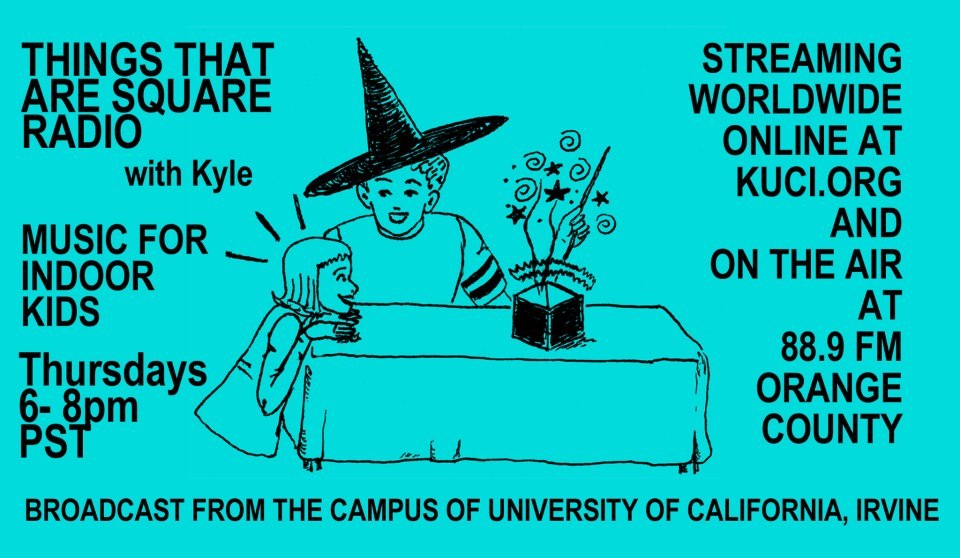Genre research project 50/1359: Dance Pop
Dance-pop is dance-oriented pop music that originated in the early 1980s. Developing from post-disco and synthpop, it is generally up-tempo music intended for clubs with the intention of being danceable but also suitable for contemporary hit radio. Dance-pop music is generally characterized by strong beats with easy, uncomplicated song structures which are generally more similar to pop music than the more free-form dance genre, with an emphasis on melody as well as catchy tunes. The genre, on the whole, tends to be producer-driven, despite some notable exceptions.
As the term "disco" started to go out of fashion by the late 1970s to early 1980s, other terms were commonly used to describe disco-based music, such as "post-disco", "club", "dance" or "dance-pop" music. These genres were, in essence, a more modern variant of disco music known as post-disco, which tended to be more experimental, electronic and producer/DJ-driven, often using sequencers and synthesizers. Dance-pop music emerged in the 1980s as a form of dance, or post-disco, which was up-tempo, club-natured, producer-driven and catchy. Dance-pop was more up-tempo and dancey than regular pop, yet more structured and less free-form than dance music, usually combining pop's easy structure and catchy tunes with dance's strong beat and up-tempo nature. Dance-pop music was usually created, composed and produced by record producers who would then hire singers to perform the songs. In the 1980s, dance-pop was closely aligned to other up-tempo electronic genres, such as Hi-NRG.


0 Comments:
Post a Comment
Subscribe to Post Comments [Atom]
<< Home